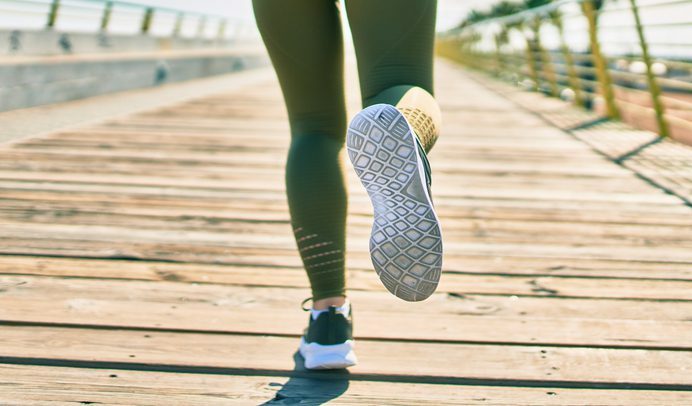Can backward running boost athletic performance?
Backwards running may sound ridiculous, but studies show it has benefits for both brain and body

The 19th-century eccentric pastime of backward walking and running (also called “retro-walking”) has resurfaced in recent years as a quirky yet beneficial activity for physical health and brain function, as reported by the BBC. Recent research on both athletes and people suffering from joint pain and arthritis suggests that going backward may not only boost performance, but may also benefit cognitive function.
In 1915, American Patrick Harmon allegedly walked backward for 3,900 miles (6,276 km) from San Francisco to New York City to win a $20,000 bet. Harmon used a small mirror to help him see where he was going, and claimed the 290-day trek made his ankles so strong that “it would take a sledgehammer blow to sprain them.” Today, moving backward isn’t about winning bets, but gaining unique health advantages.
Recent research sheds light on the surprising physical and cognitive advantages of going in reverse. Physiotherapists often leverage backward movement to alleviate back pain, knee issues and arthritis, and studies suggest cognitive perks such as improved memory, reaction time and problem-solving skills, and studies suggest that backward training for athletes has been undervalued in the past.
Janet Dufek, a biomechanics expert at the University of Nevada, has been researching backward locomotion for more than 20 years. She conducted a recent study that concluded that just 10-15 minutes of retro-walking daily over four weeks increased hamstring flexibility in healthy women athletes. The backward movement also strengthens muscles crucial for spine stability and flexibility, reducing back pain.
Retro-walking drills have gained popularity for building strength while minimizing stress on knee joints. The biomechanics of backward movement differ significantly from forward movement mechanics, and minimize the impact on the knee joint due to a reduced range of motion. Unlike forward walking, retro-walking initiates with toe contact, engaging different muscles as the heel may never fully lower to the ground.
Beyond its physical advantages, backward exercising triggers distinct neural activity. Researchers have discovered that the action of stepping backward increases activity in the prefrontal cortex, responsible for cognitive skills like decision-making and problem-solving. Participants going backward in cognitive tests demonstrated faster reaction times, suggesting a unique brain-training aspect to retro-walking.
How to get started
It’s important to keep safety in mind when you set out on your backward running routine and to begin with a walk rather than a run. If you’re outside, opt for a large open area free of obstacles, and ask a forward-walking friend to serve as your eyes.
If you are walking backward on a treadmill, begin by holding the handrails and walking at a low speed. As you become more accustomed to going backward, you can steadily increase the speed setting until you’re safely and slowly running backward. A five to 10-minute backward walking or running session several times a week is enough to get started, and can be easily tacked on to the beginning or end of your regular running session.

